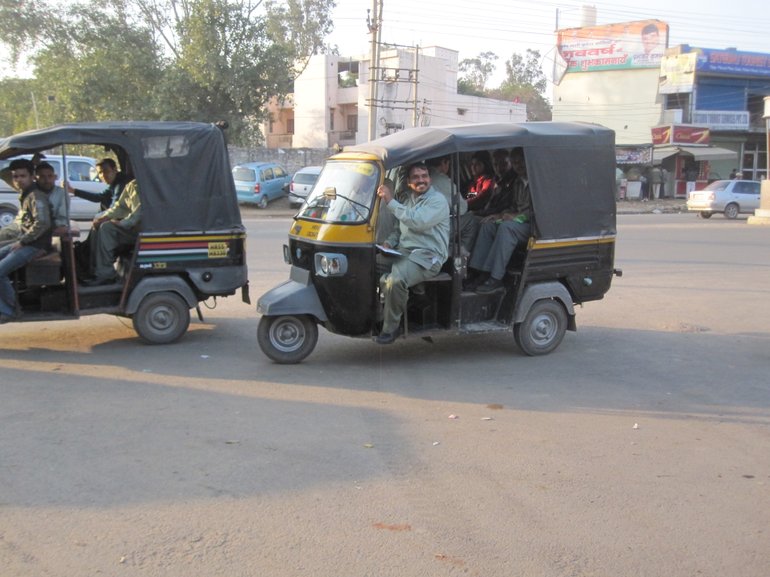Superlatives about India abound. As a member of the U.S. Commerce Department high-technology trade mission to India, I have heard high-level Indian government officials recite well-known facts about “the world’s largest democracy” and less-known trivia about India being “the world’s largest producer of dairy products.”
But to continue to expand our company’s laser business in India, I’m less interested in the sometimes simplistic statistics about the world’s second most populous country and more interested in finding specific markets that have the potential for enormous growth.
Not far from the western-style hotel of the trade mission, the streets are jammed with small cars, three -wheel cabs, motorcycles, and scooters. They provide a glimpse into the automotive market that is dynamic yet not well understood. Few in the US have heard of the Maruti Suzuki Alto, yet it is the largest selling car in the world today and is produced at a sprawling plant on the outskirts of Delhi. This vast plant produces over 1 million cars per year and currently cannot meet demand, as small car sales in India increased over 30 percent last year.
While the Indian automotive industry is only the world’s seventh- largest today, it is forecast to grow over 300 percent over the next decade to over $145 billion – and contribute 10 percent of the nations GDP. Cars such as Tata Motors’ Nano also exhibit a new approach to car design that has been called “Gandhian engineering” and has resulted in a car that costs under $3,000. (Editor’s note: Gandhian engineering, also called frugal engineering, is the science of breaking up complex engineering processes into basic components and rebuilding the product in the most economical manner possible.)



